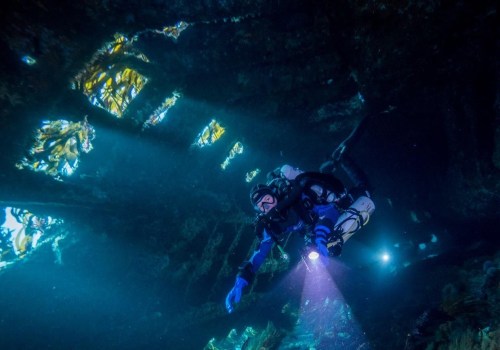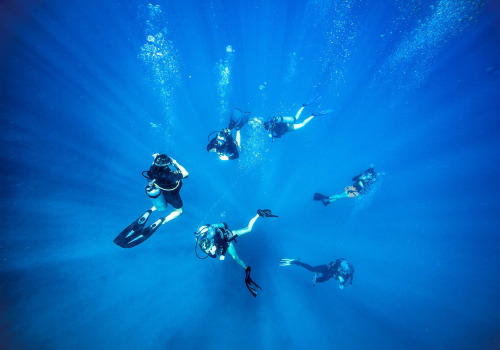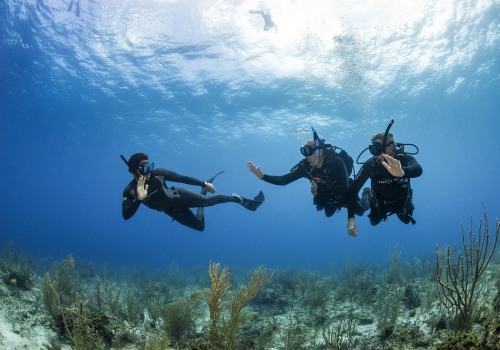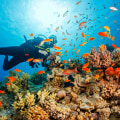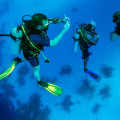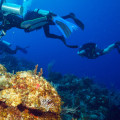Diving is an activity that comes with a range of risks and hazards. These can range from the most annoying to those that can result in quick death, depending on the equipment, skill, response, and physical condition of the diver and the diving team. The risks associated with diving can be divided into four main categories: the aquatic environment, the use of respiratory equipment in an underwater environment, exposure to a pressurized environment and pressure changes, and the inhalation of gases at high ambient pressure. In addition to these general risks, there are also risks specific to the particular diving environment.
These include water access and exit risks, which can vary from place to place and over time. Divers also face pre-existing physiological and psychological conditions as well as personal behavior and competence risks. For those who do other activities while diving, there are additional risks related to the task load, the diving task, and the special equipment associated with the task. When it comes to wreck-diving, strong currents or other hazardous conditions can be difficult to identify. In strong 2-knot currents, it's difficult to maintain a stable position just by kicking, and a diver wouldn't be able to maintain that level of effort for long.
Divers can get lost in the wrecks of shipwrecks and caves, under ice, or inside complex structures where there is no direct route to the surface. They may also run out of gas to breathe and drown. To avoid barotrauma, divers must equalize the pressure of all air spaces with the pressure of the surrounding water by changing depth. They can use special swimming and flapping techniques and maintain excellent buoyancy control to prevent sediment from agitation. Most dry suits are equipped with an automatic discharge valve that will automatically release gas as it expands and will retain a practically constant volume during ascent. Ship operators must work with the leaders of their dive teams to tie them to these underground moorings, which are located near sensitive dive sites.
Some areas may recommend or require the use of a reef hook; ask the dive operator or local dive shop if and where you might need it. Although these hazards are very real and potentially dangerous, divers with the right training, equipment, and planning can safely explore wrecks. To ensure safety while wreck-diving, divers should be aware of their surroundings at all times and take necessary precautions such as monitoring their air supply and using appropriate safety gear.

